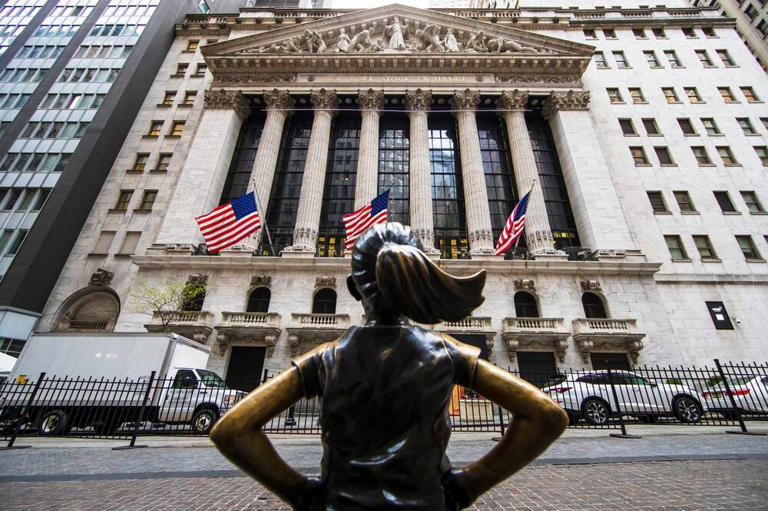On Monday morning, the New York Stock Exchange (NYSE) experienced a significant technical glitch that affected trading in a select number of stocks, including Barrick Gold and Berkshire Hathaway Class A shares. This issue resulted in erroneous price displays and triggered trading halts to prevent further market instability. The problem was resolved shortly before noon Eastern time, allowing trading to resume.
The NYSE identified the disruption as stemming from a technical issue with the price bands published by the Consolidated Tape Association Security Information Processor (CTA SIP). These price bands are crucial for maintaining orderly trading by setting boundaries that prevent trades from occurring at prices outside a specified range. When these price bands malfunctioned, it caused a cascade of trading halts across several stocks to safeguard against extreme volatility.
“A technical issue with industry-wide price bands published by the CTA SIP triggered halts in a number of stocks listed on the NYSE Group exchanges this morning. Impacted stocks have since reopened (or are in the process of reopening) and the price bands issue has been resolved,” the exchange said in a statement.
Among the most notable affected stocks was Berkshire Hathaway Class A, one of the highest-priced stocks on the market. The stock showed an erroneous drop of nearly 100%, plummeting from approximately $640,000 to $185.10. In contrast, Berkshire Hathaway’s B-class shares were not affected and continued trading normally. Barrick Gold also experienced a significant drop, with its shares incorrectly showing a decrease of over 98% to $0.25.
The NYSE responded promptly by rolling back the CTA SIP code to its previous version, effectively resolving the technical issue. Trading for all impacted stocks resumed by 11:40 a.m. Eastern Time. Following the resumption, Berkshire Hathaway Class A shares rebounded to around $640,000, reflecting a 2% increase. Barrick Gold shares also recovered, rising to $17.38, which marked a 1.7% increase.
During this period, shares of Intercontinental Exchange, the parent company of the NYSE, were marginally lower. However, there were no reported trading issues on the Nasdaq exchange, which continued to operate normally.
This incident did not have a significant impact on the broader market indices. The Dow Jones Industrial Average, S&P 500, and Nasdaq Composite remained relatively stable and showed little change throughout the morning, indicating that the market as a whole was not significantly affected by the technical glitch.
Technical issues in stock exchanges, though not frequent, do occur and can cause substantial disruptions. The recent glitch at the NYSE is reminiscent of past incidents such as the 2015 NYSE outage, which halted trading for nearly four hours, the 2013 Nasdaq halt due to connectivity issues with the stock quote information feed, and the 2010 “flash crash” attributed to high-frequency trading algorithms.
These events underscore the complexity and vulnerability of modern financial markets, which rely heavily on sophisticated technology and automated systems. Ensuring the reliability and stability of these systems is crucial for maintaining investor confidence and the smooth operation of the markets.
The NYSE, along with market regulators, will likely conduct a thorough investigation into Monday’s glitch to understand its root causes and implement measures to prevent similar issues in the future. This process is essential for bolstering the resilience of the financial infrastructure and ensuring that market participants can trade with confidence.
The incident highlights the importance of robust and resilient trading systems, especially in an era where technology plays a pivotal role in market operations. Continuous improvements and vigilant monitoring are necessary to mitigate the risk of technical glitches and to safeguard the integrity of financial markets.
